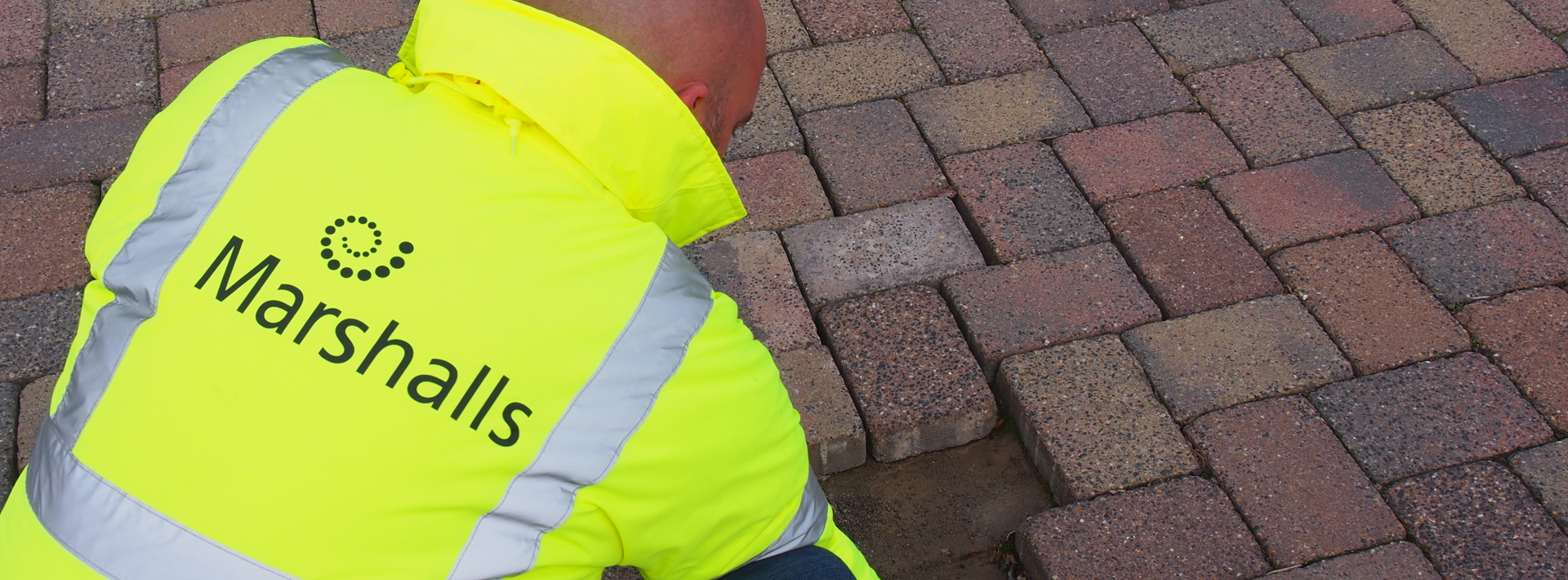Blog
Developers and contractors are under increasing pressure from multiple angles. Despite serious budgetary constraints, they need to build fast to meet government targets - and they need to build sustainably too. But if targets are met at the expense of the finished scheme then has it been worthwhile? Whilst many developers and contractors are making reductions above ground, the smart ones are going a little deeper to make their savings.
The most common way to save cost on a new development
For many years, there’s been little doubt that cost has been the primary consideration; there’s nothing unethical about making a fair profit so developers work hard to protect the margin they intend to make on their investments.
The most common route to cutting costs is to scrimp on materials. Sometimes this can work (assuming, of course, the cheaper materials perform equally as well as the preferred specification) but cheaper materials usually provide a less appealing finish, and that’s not the way to command the best price for your finished schemes. It’s a tricky balance between maintaining a premium aesthetic on your project whilst driving as much cost out of the build as possible. Once you factor in increasingly stringent sustainability legislation, it’s no wonder that developers are left scratching their heads.
A better approach to drive down cost, time and carbon
We’ve seen a recent change though; specifiers are now factoring embodied carbon right at the beginning of their decision making process. While there’s no doubt that this additional dimension complicates the process, the recent IPCC report demonstrates how necessary this element is. The drive to build back more sustainably is no longer a “nice to have” but an essential requirement.
Smart developers are now working closely with reputable suppliers to help them deliver their projects. This approach makes sense; as much as the developer wants to provide good-looking, robust schemes, it’s also in the suppliers’ interests to ensure that their products are installed safely and securely and stay looking good for a long time. At Marshalls we have a specialist Design Team, a group of experts with intricate knowledge of our products and a great understanding of how best to engineer the systems into which they’re installed. This means that, rather than scrimping on the surfacing material they can value engineer the substructure to drive cost out of the elements you can’t see. The resulting rationalised systems will still be suitable for robust regular usage and, if you’re working with us, will be guaranteed by the Marshalls Design Warranty - even when they go beyond the British Standard.
Take Central Bedfordshire Council’s northern highways depot, for example. To satisfy SuDS requirements on the scheme the client had decided to use permeable paving, and designed the system using advice found in the British Standard. However, following a meeting with our paving engineer, the Design Team re-designed the system with a shallower sub-base. The resulting savings were in excess of £150,000 and the site continues to perform both structurally and hydraulically just as well as it did when it was installed 5 years ago.
Calculating the environmental cost with carbon reductions
We’ve realised that another consequence of this approach is that we can reduce the embodied carbon of some schemes too. By reducing the sub-base depth of an installation, there’s less energy used in excavation, less energy in disposal, and less embodied carbon in new sub-base materials. Some materials carry a higher carbon load than others too, so we’re working to better understand which sub-base components will provide the installed systems with the lowest environmental impact.
It’s not easy to measure the impact of a wide range of different materials (particularly when using materials that we don’t supply or manufacture) so we rely Bath University’s Inventory of Carbon and Energy (ICE) publicly available data. This allows us to draw comparisons between our designs and British Standard alternatives based on a consistent and credible data source; our advice is to look at the percentage difference of carbon emissions between designs rather than focus on specific numbers. We’re happy to share our calculations.
Of course, carbon reduction is just one part of the design method; the carbon load of fixing a failed installation undoes any good intentions at the design stage. We will always focus on providing designs that create robust, long-lasting systems – but crucially, our Design Team now understand that the balance is a four way calculation between performance, aesthetic, cost and carbon.
Work with Marshalls Design Team free of charge
All services from Marshalls Design Team are completely free of charge to Marshalls customers.To find out how we can help you save time, money and carbon on your next job, visit here or email design.team@marshalls.co.uk.










